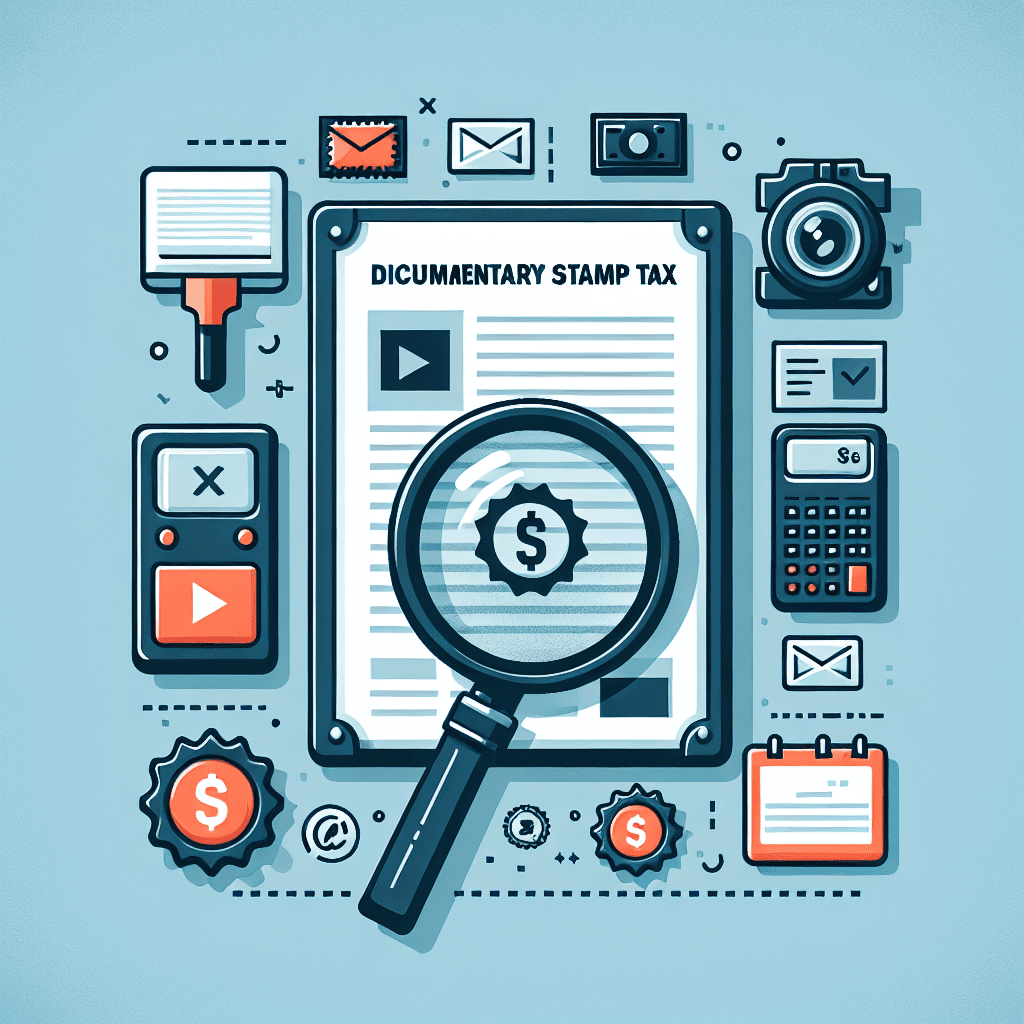Learn: Documentary Stamp Tax
Concept-focused guide for Documentary Stamp Tax .
~6 min read

Overview
Welcome! In this session, we’ll dive into the essential concepts surrounding the Documentary Stamp Tax (DST) in the Philippines as of. You’ll learn what DST is, which transactions and documents it applies to, who collects it, and the compliance steps every taxpayer should know. By the end, you’ll be able to analyze typical DST scenarios, identify taxable documents and transactions, and avoid common compliance pitfalls. Let’s build a practical understanding to master DST for both exams and real-world application.
Concept-by-Concept Deep Dive
The Nature and Purpose of Documentary Stamp Tax (DST)
Documentary Stamp Tax is a tax imposed on documents, instruments, loan agreements, and papers evidencing the acceptance, assignment, sale, or transfer of an obligation, right, or property. Its rationale is to tax the privilege of documenting certain transactions, thus providing legal protection and enforceability.
Key Components:
- Taxable Documents: Not every document is subject to DST. The law enumerates specific instruments (e.g., loan agreements, deeds of sale, share transfers).
- Non-Taxable Instruments: Some documents are expressly exempt. Knowing these saves time and avoids unnecessary payments.
- Legal Basis: DST is governed by the National Internal Revenue Code (NIRC) and subsequent amendments (like the TRAIN Law).
Reasoning Steps:
- Identify if the document falls within the list of taxable instruments.
- Check if there’s an explicit exemption.
- Determine the correct DST rate or amount based on the transaction type.
Common Misconceptions:
- Confusing VAT or other taxes with DST.
- Believing all official or notarized documents are taxable.
DST on Specific Transactions and Instruments
DST isn’t a blanket tax; it applies to particular documents and transactions.
🔒 Continue Reading with Premium
Unlock the full vlog content, professor narration, and all additional sections with a one-time premium upgrade.
One-time payment • Lifetime access • Support development
CPALE App and tools to supercharge your learning experience
CPALE Journal Entry Generator
Convert plain English transactions into accounting journal entries instantly. Perfect for accounting students and professionals. Simply describe a transaction like 'Bought supplies for $5,000 on account' and get the proper debit and credit entries.
Join us to receive notifications about our new vlogs/quizzes by subscribing here!